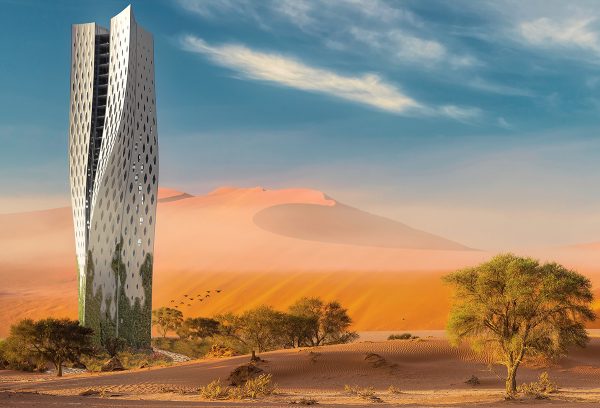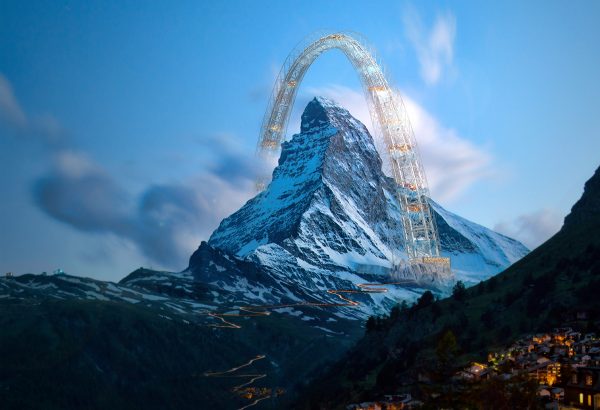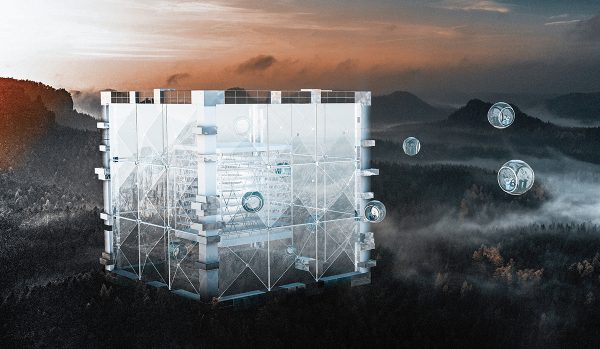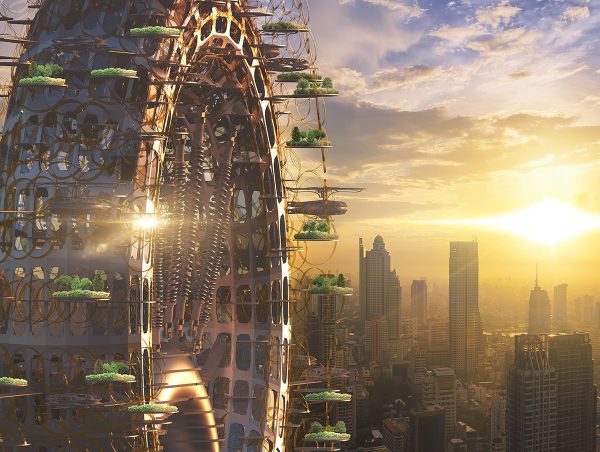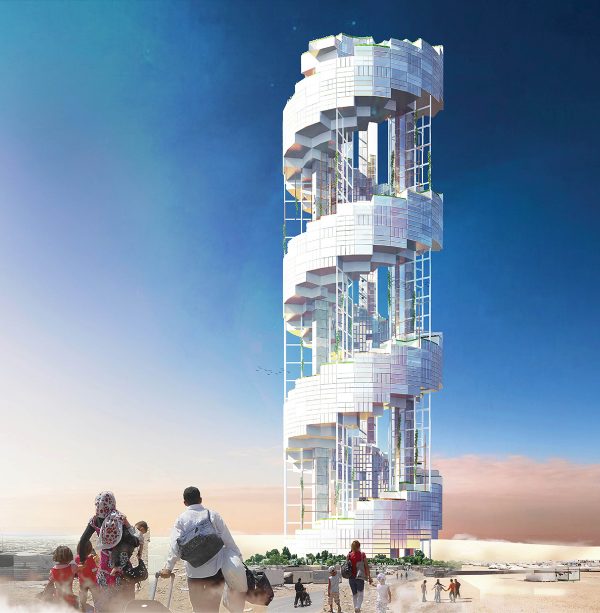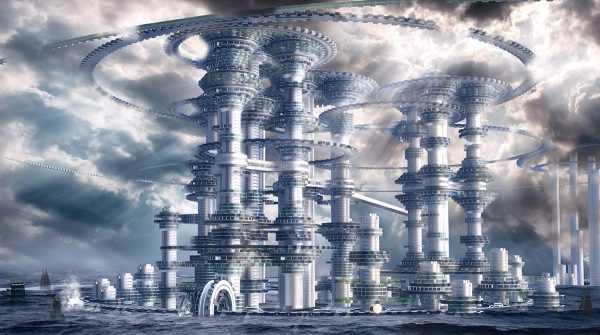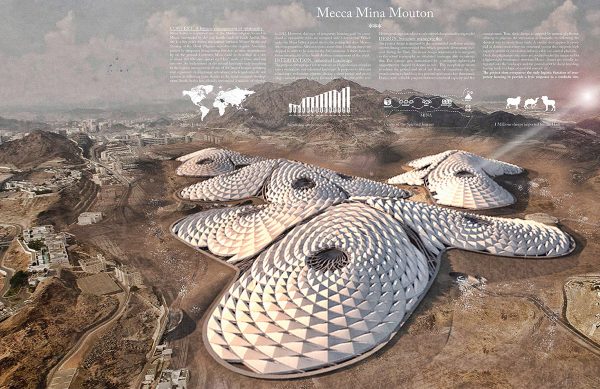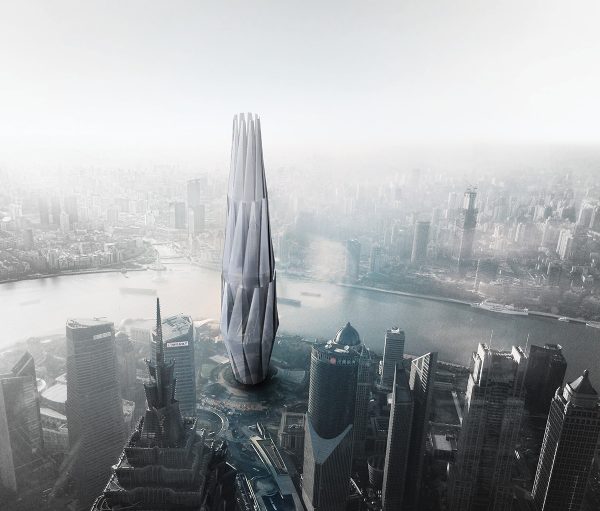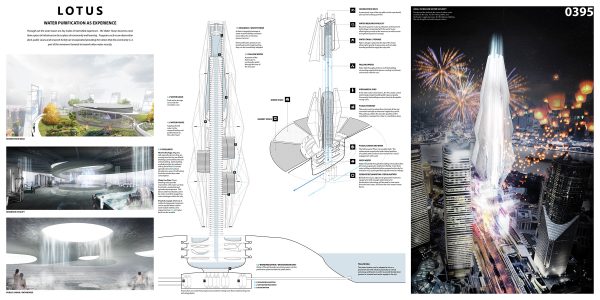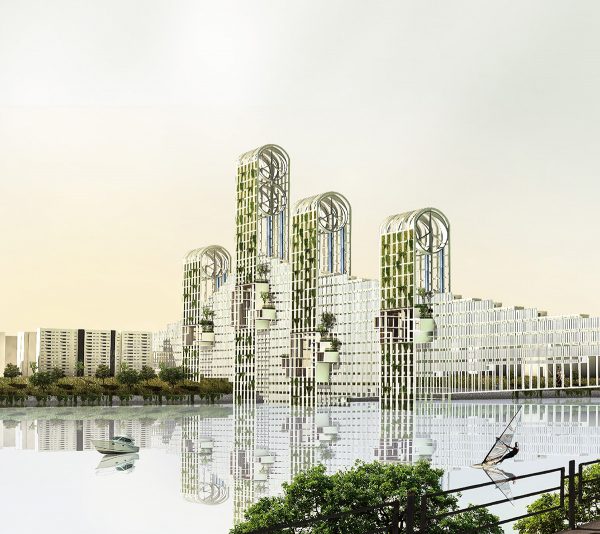Editors’ Choice
2018 Skyscraper Competition
Haotong Sun, Zonghao Wu, Fengwei Jia
China
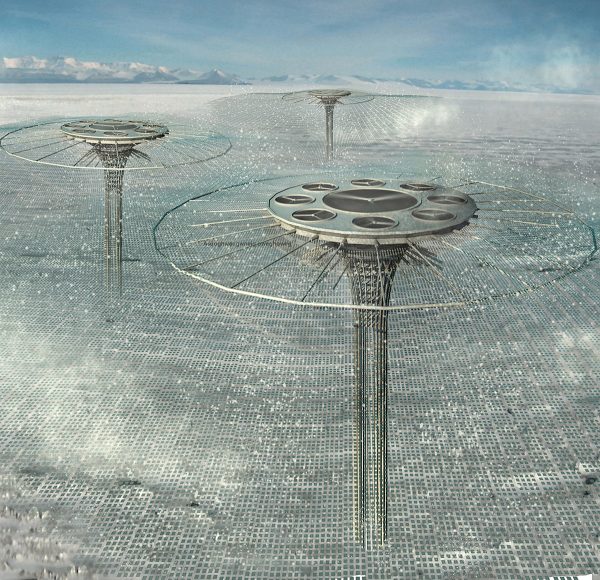
The melting of arctic ice
A reduction in Arctic summer ice cover has become more intense in recent years, culminating in a record low of 3.4 million square kilometres in 2012 – 18 per cent below the previous recorded minimum in 2007 and 50 per cent below the average in the 1980s and 1990s. Land ice is also retreating and permafrost is melting.
The retreating ice brings easier access to natural resources such as gas and oil, thus prompting increased human activity that may threaten the already fragile ecosystems and wildlife, the UN Environment Programme’s report says.
The reason of melting
1.The reasons for the Arctic warming twice as fast as the rest of the globe are manifold. More heat is brought into the Arctic through the atmosphere and ocean currents, while the melting itself prompts further melting by reduced reflection of incoming sunlight.
2.White ice and snow acts as a mirror, reflecting 85 per cent of solar radiation; however, ice-free areas of the ocean reflect only 10 per cent and the bare tundra only 20 per cent.
3.Black carbon (soot), a short-lived climate pollutant, is also believed to contribute to warming by darkening snow and ice and reducing reflective area. UNEP and partners last year launched the Climate and Clean Air Coalition to address black carbon and other such short-lived climate pollutants.
4.The thawing of permafrost will also contribute to further warming as the organic matter stored therein – up to 1,700 gigatonnes of carbon across the northern hemisphere – also thaws and decomposes, releasing the trapped carbon as CO2 and methane. Read the rest of this entry »

